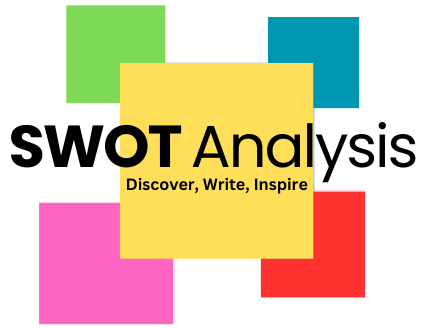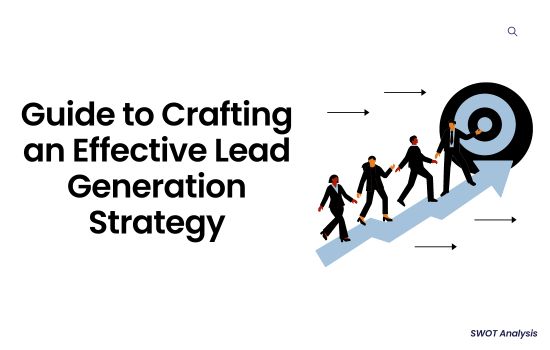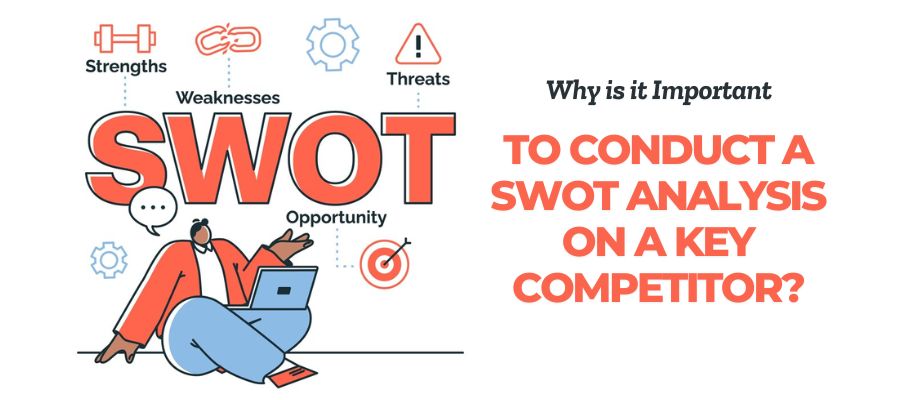In today’s competitive market, a robust lead generation strategy is essential for businesses aiming to grow and thrive. Lead generation involves identifying and cultivating potential customers for your products or services. A well-executed strategy not only attracts quality leads but also converts them into loyal customers. In this comprehensive guide, we will delve into the intricacies of crafting an effective lead generation strategy that ensures sustainable growth and a competitive edge.
Understanding Lead Generation
Lead generation is the process of attracting and converting strangers and prospects into someone who has indicated interest in your company’s product or service. This process can be divided into several key components: attracting visitors, converting them into leads, nurturing those leads, and finally, converting them into customers.
Key Components of a Lead Generation Strategy
1. Identifying Your Target Audience
The foundation of any successful lead generation strategy is a deep understanding of your target audience. By identifying the demographics, interests, and pain points of your potential customers, you can tailor your marketing efforts to resonate with them effectively.
2. Creating Valuable Content
Content is the cornerstone of lead generation. Providing valuable content that addresses the needs and challenges of your audience positions your business as a trusted authority in your industry. This includes:
- Blog Posts: Regularly updated blogs that offer insightful information.
- Ebooks and Whitepapers: In-depth guides that provide significant value.
- Webinars: Live sessions that engage and educate your audience.
- Videos: Engaging and informative videos that capture attention.
3. Optimizing Your Website for Conversion
Your website is a critical component of your lead generation strategy. It should be optimized to convert visitors into leads. Key elements include:
- Clear Call-to-Actions (CTAs): Strategically placed CTAs that guide visitors toward taking the desired action.
- Landing Pages: Dedicated pages that are designed to capture lead information.
- Forms: Simple and easy-to-fill forms that collect essential information from prospects.
4. Leveraging Social Media
Social media platforms are powerful tools for reaching and engaging with your target audience. By sharing valuable content and interacting with your followers, you can build relationships and drive traffic to your website. Focus on:
- Consistent Posting: Regularly share content that is relevant to your audience.
- Engagement: Respond to comments and messages to foster a community.
- Paid Advertising: Utilize targeted ads to reach a broader audience.
5. Implementing Email Marketing
Email marketing remains one of the most effective ways to nurture leads and convert them into customers. An effective email marketing strategy includes:
- Segmented Email Lists: Tailor your messages to specific segments of your audience.
- Personalized Content: Customize your emails to address the individual needs of your recipients.
- Automated Workflows: Set up automated email sequences that guide leads through the sales funnel.
Advanced Lead Generation Techniques
1. Utilizing SEO and PPC
Search Engine Optimization (SEO) and Pay-Per-Click (PPC) advertising are crucial for driving targeted traffic to your website.
- SEO: Optimize your website and content for relevant keywords to improve organic search rankings.
- PPC: Invest in paid search campaigns to attract immediate traffic from search engines.
2. Hosting Webinars and Virtual Events
Webinars and virtual events are excellent ways to showcase your expertise and engage with your audience in real-time. Promote these events through your website, email marketing, and social media channels to maximize attendance.
3. Leveraging Influencer Marketing
Collaborating with influencers in your industry can significantly expand your reach and credibility. Choose influencers whose audience aligns with your target market and develop partnerships that benefit both parties.
4. Implementing Lead Scoring
Lead scoring is a method of ranking leads based on their engagement and likelihood to convert. By assigning scores to various actions (e.g., email opens, website visits, content downloads), you can prioritize high-quality leads and tailor your follow-up efforts accordingly.
5. Using CRM Systems
Customer Relationship Management (CRM) systems help you manage and analyze customer interactions throughout the lead generation process. A robust CRM system can streamline your efforts, ensuring no lead falls through the cracks.
Measuring and Optimizing Your Lead Generation Efforts
To ensure your lead generation strategy is effective, it’s crucial to continually measure and optimize your efforts. Key performance indicators (KPIs) to monitor include:
- Conversion Rates: The percentage of visitors who become leads and leads who become customers.
- Lead Quality: The overall value and potential of the leads generated.
- Cost Per Lead (CPL): The average cost associated with acquiring a lead.
- Customer Acquisition Cost (CAC): The total cost of converting a lead into a customer.
Analyzing and Adjusting
Regularly review your KPIs to identify areas for improvement. Use A/B testing to experiment with different approaches and determine what resonates best with your audience. Adjust your strategy based on data-driven insights to continuously enhance your lead generation efforts.
Conclusion
A well-crafted lead generation strategy is essential for any business looking to grow and succeed in today’s competitive landscape. By understanding your target audience, creating valuable content, optimizing your website, leveraging social media, and implementing advanced techniques like SEO, PPC, and influencer marketing, you can attract and convert high-quality leads. Continually measure and optimize your efforts to ensure sustained success.
Also Read:






One thought on “Guide to Crafting an Effective Lead Generation Strategy”